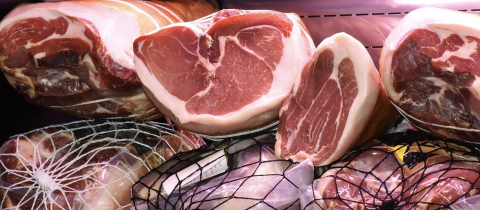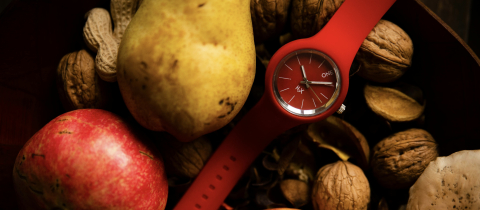Oolichan is a smelt-like fish that is so greasy that it can be made to burn like a candle. It is well deserving of the name “candlefish.” For many North Coast First Nations, the oolichan was a “saviour” fish, representing the first fresh food source after the long winter. Oolichan spend most of their life in the ocean, but like salmon, they return to freshwater streams and rivers to spawn and die. As they struggle upstream, oolichan can be readily trapped or netted. Natives either baked or fried the fish immediately or preserved them by smoking or sun drying for consumption throughout the year. But the fish were also processed for rendering of their fat. For a week or so the oolichan were placed in a pit to allow for partial decomposition, followed by dousing with boiling water. The fat would rise to the top and could be skimmed off. Rendered oolichan grease became a key item for trade with people who had no access to spawning rivers. It had outstanding keeping qualities, was an excellent source of food energy and also had a reputation as a healing aid. A cupful of grease was said to sure stomach aches and colds, and when rubbed on the skin it supposedly treated conditions such as psoriasis and dandruff. Interestingly, oolichan does contain some squalene, a compound purported to have beneficial effects on the skin, although it’s doubtful the grease contains enough to matter. A unique feature of oolichan is its low content of polyunsaturated fats. These, particularly the famous omega-3 fats, are generally abundant in fish and are thought to be responsible for the widely-touted health benefits of fish consumption. The bulk of oolichan fat consists of about 30% saturated fats and 55% mono-unsaturated fats, more like olive oil than a typical fish oil. This combination makes for a high melting point and allows for the fish to be stuck on a stick and be lit like a candle. Furthermore, the low polyunsaturated fat content makes the grease more resistant to oxidation and spoilage. That’s why oolican was ideal for storage and trade among aboriginal peoples. Interestingly, although oolican fat made up roughly 50% of the natives’ energy intake, obesity and diabetes were rare. Only when the white man’s starches and sugars were introduced, did these conditions become a problem.
A recent experiment in British Columbia featuring a switch back to the traditional fat and protein based diet has shown some intriguing result. Not only did the low carbohydrate diet result in weight loss, it even led to lower blood cholesterol levels. A possible explanation is that increased carbohydrate intake results in increased insulin production, which in turn causes the laying down of fat stores. On the other hand, the elimination of carbohydrates forces the body to use fat stores as energy. But don’t look for oolichan grease in your supermarket or health food store any time soon and the “oolichan diet” is not in line to be the next best-seller, although it would probably fly off the shelves. Due to over-fishing, the oolichan is now listed as an endangered species. It wasn’t endangered back in the late 1800s when Robert Cunningham, who ran a trading post on the Skeena River, downed eighty-one oolichans at a single seating on a dare. Now, there’s a record that is unlikely to ever be broken.







